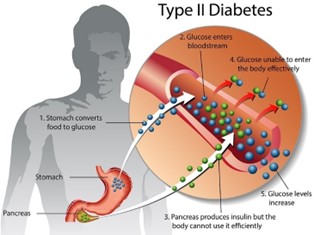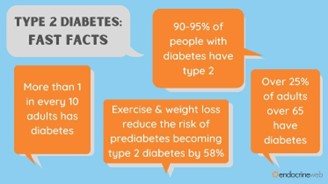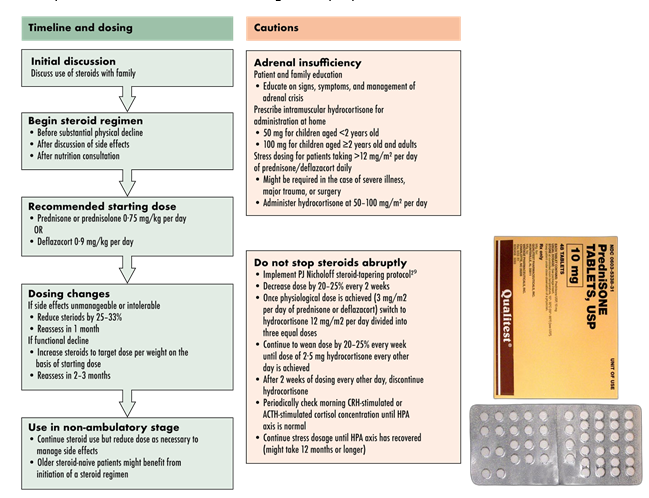Mary, a 63-year-old patient is newly diagnosed with type 2 diabetes. When determining an education plan, the nurse’s first action should be to?
Assess the patient’s perception of what it means to have type 2 diabetes.
Ask the patient’s family to participate in the diabetes education program.
Demonstrate how to check glucose using capillary blood glucose monitoring.
Discuss the need for the patient to actively participate in diabetes management.
The Correct Answer is A
The first step in the education plan should be to assess their understanding and perception of the disease. This will help the nurse to identify any misconceptions or knowledge gaps that the patient may have and tailor the education plan accordingly. Understanding the patient's perceptions will also help the nurse to establish a trusting relationship with the patient and increase their engagement in diabetes self-management.
Options b, c, and d are important components of the diabetes education plan, but they should be implemented after the initial assessment of the patient's perception and understanding of their diagnosis.


Nursing Test Bank
Naxlex Comprehensive Predictor Exams
Related Questions
Correct Answer is C
Explanation
When teaching a patient with newly diagnosed GERD, the nurse will include that they will need to keep the head of their bed elevated on blocks. This helps prevent stomach acid from flowing back into the esophagus while sleeping.
Peppermint tea might not be helpful in reducing GERD symptoms as it can relax the lower esophageal sphincter and worsen reflux.
Eating between meals is not recommended as it can increase acid secretion. Vigorous physical activities may increase the incidence of reflux.

Correct Answer is B
Explanation
Sudden discontinuation of prednisone can result in adrenal insufficiency and can lead to life-threatening complications. The nurse should also instruct the patient to report any symptoms of an infection, such as fever, to the doctor promptly, as prednisone can mask signs of an infection.
Monitoring for mood alterations and daily weight measurement are also important aspects of care, but they are not as crucial as the need to gradually taper off the medication.
Whether you are a student looking to ace your exams or a practicing nurse seeking to enhance your expertise , our nursing education contents will empower you with the confidence and competence to make a difference in the lives of patients and become a respected leader in the healthcare field.
Visit Naxlex, invest in your future and unlock endless possibilities with our unparalleled nursing education contents today
Report Wrong Answer on the Current Question
Do you disagree with the answer? If yes, what is your expected answer? Explain.
Kindly be descriptive with the issue you are facing.

